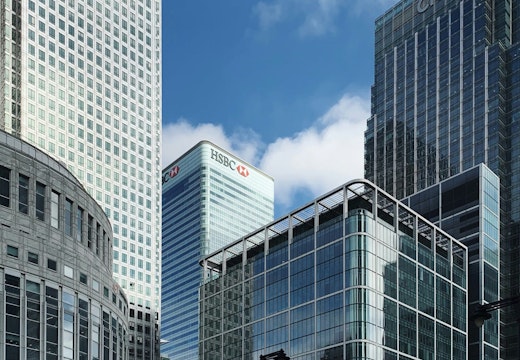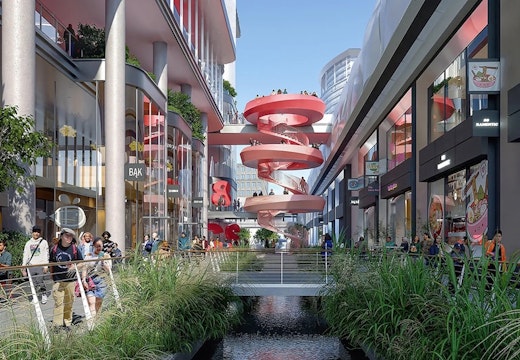Call to demolish Canary Wharf towers signals dilemma of the CBD
UK developer Sir Stuart Lipton says that only drastic measures can safeguard the future of London’s troubled financial district, but transitioning to mixed use is not an easy challenge
Organisations may be making headway this autumn in bringing their people back to the office on a more frequent basis, but that doesn’t mean that Central Business Districts (CBDs) face any less of an economic struggle to survive.
Monocultural office clusters and precincts have faced a tough time as virtual ‘ghost towns’ since the onset of the pandemic and they aren’t out of the woods yet – particularly so in London where Centre for Cities research suggests that an office return of 2.7 days per week is running behind other global cities such as Singapore on 3.2 days and New York on 3.1 days.
The answer for many business districts still starved of trade and attention is to transition to a mixed-use environment with a greater diversity of people and uses. But, as large occupiers get restless, some places are better positioned to achieve this than others.
Moving with the times
The City of London, for example, which has developed organically over several centuries, is more likely to engineer the shift as part of an historical continuum than a financial district like Canary Wharf which dates back only to 1991 and is a wholly artificial construction less able to move with the times.
All of which brings me to property developer Sir Stuart Lipton’s recent article in the Financial Times calling for a ‘drastic transformation’ to revive Canary Wharf. Sir Stuart is Britain’s most influential developer, responsible for such landmark London office projects as Stockley Park, Broadgate, Chiswick Park, 22 Bishopsgate and, currently, 18 Blackfriars. He has built his reputation on predicting the future. So when he calls for strong medicine for Canary Wharf, people sit up and listen.
Lipton’s argument is that half-measures on the journey to mixed use, like remodelling the iconic HSBC tower at 8 Canary Square and removing sections of the building’s façade to create terraces and a viewing platform, won’t be enough of a change. He’d like to see whole towers demolished to create more parks and others part-demolished to bring in more sunlight and create more open space.
‘Whole towers should be demolished to create more parks and bring in more sunlight…’
Canary Wharf, he says, ‘needs to reinvent itself as a neighbourhood with all the ingredients of civic life…it ought to be the place where more people want to live, work and spend their leisure time.’ It should also be the greenest area in London with the lowest levels of pollution, with traffic moved underground and spaces relandscaped.
When I suggested to Sir Stuart Lipton that this ‘bold and dramatic’ strategy for Canary Wharf was truly radical, he replied that it wasn’t radical at all. It was simply common sense given what business districts face in terms of the direction of the future of work.
Conditions have changed
Across the real-estate industry there are signs that more key players are beginning to feel the same way. The clustering model that made Canary Wharf such good commercial sense more than 30 years ago, bringing similar large businesses into a single landmark precinct, hasn’t lost its power as a context for developers. However, there is recognition that conditions on the ground have changed.
Workers today may be returning to their offices, but they’d prefer to have workspace in new neighbourhood types – innovation districts, for example, or mixed-use developments. Similarly, intensely grouped workplace towers are out; districts with more variety of architectural form and scale, and plenty of green space, are now where it’s at.
Global developer Lendlease’s new ‘Desk to District’ report on spaces for collaborative or open innovation describes an evolving ecosystem for accelerating new ideas at the district scale, giving employees access to a wider range of public, cultural, research, educational and leisure facilities within one neighbourhood. Colourful and diverse, such innovation districts signal the future. For all its formal built qualities, Canary Wharf signals the past. It’s not an ecosystem and it will be expensive to fix.
As Sir Stuart Lipton calls for drastic measures in one corner of London, other CBDs around the world may soon come around to the idea that only major surgery will help them survive.








